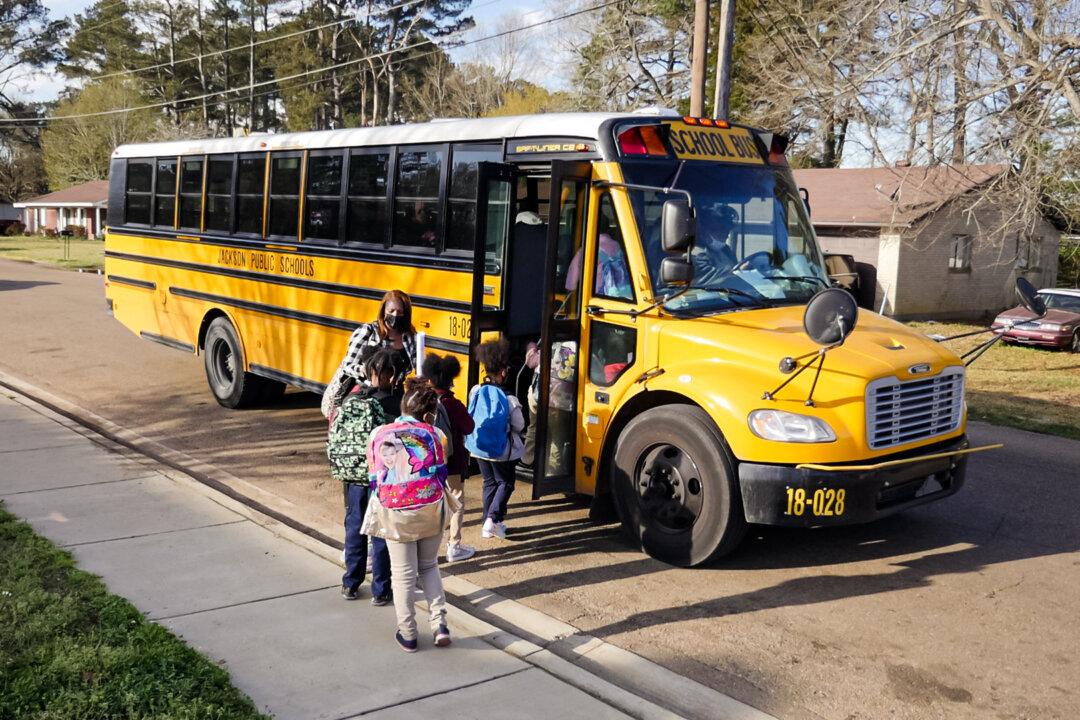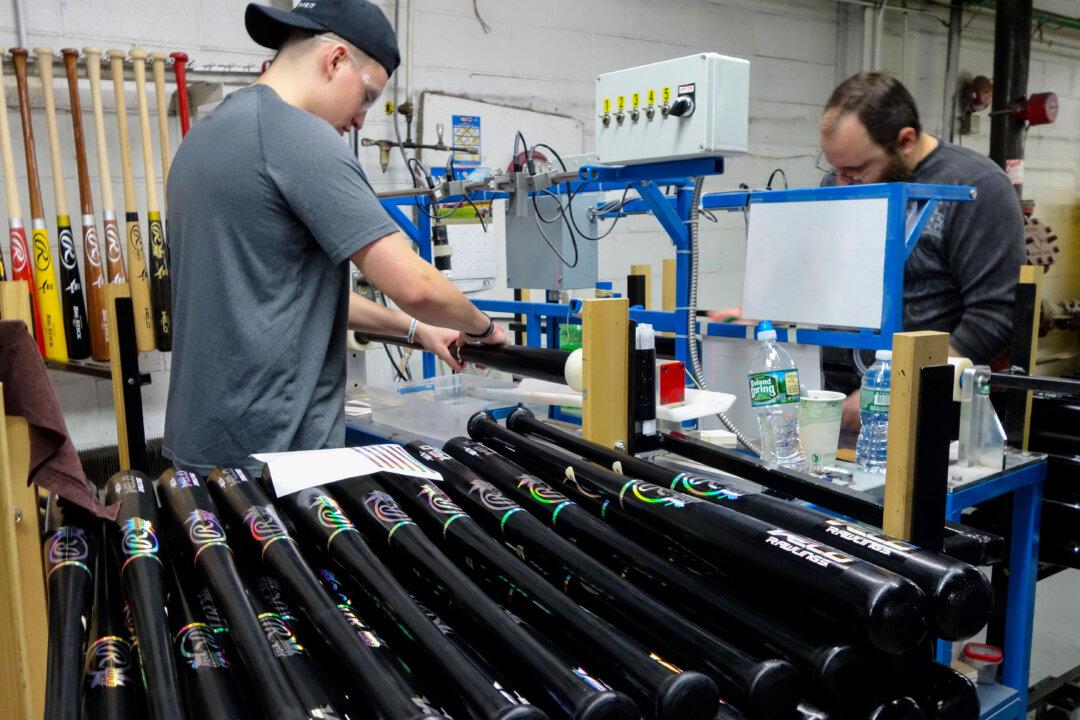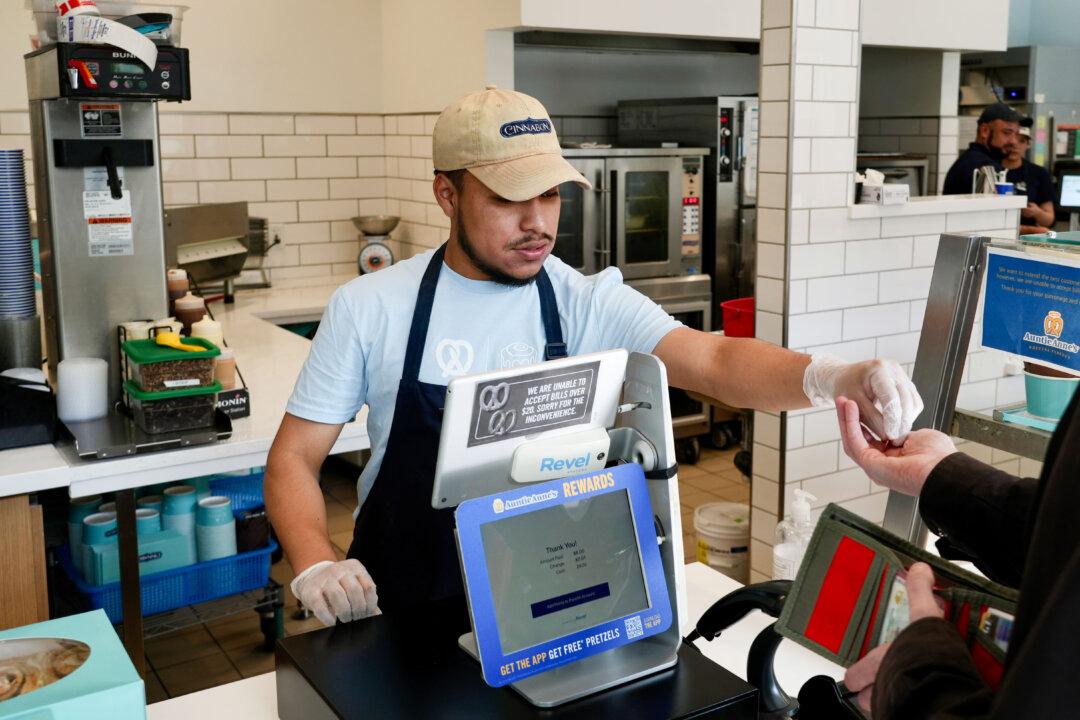The 2024–25 school year in the United States has been in session for nearly four months, but many school districts across the country are continuing to struggle in their search for drivers to get students to their schools. To address the shortage, schools are implementing emergency measures, such as hiring ride-share companies and enlisting school staff to fill in the gaps.
According to a recent report from the Economic Policy Institute (EPI), the number of bus drivers has dropped by 12.2 percent since September 2019.





